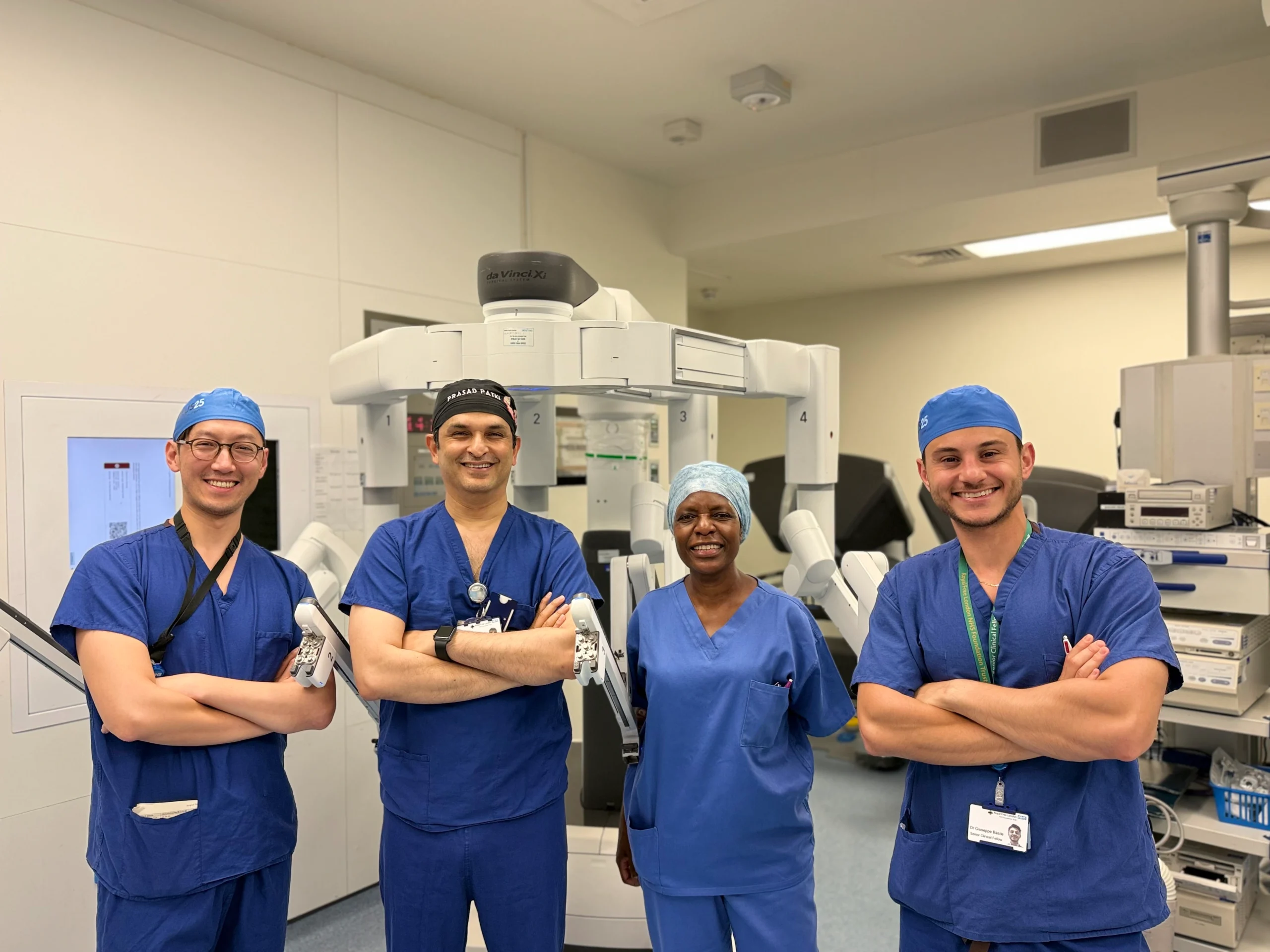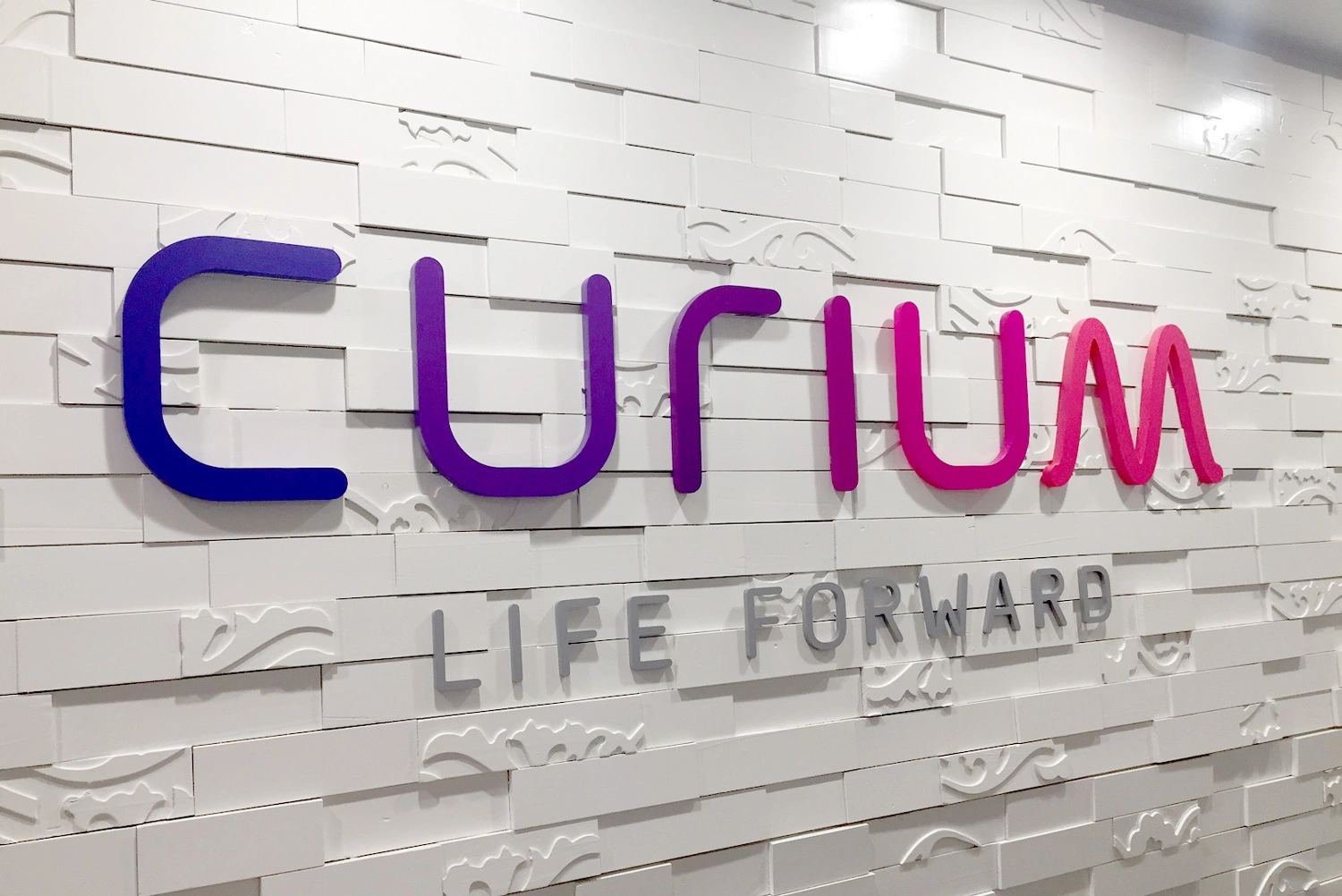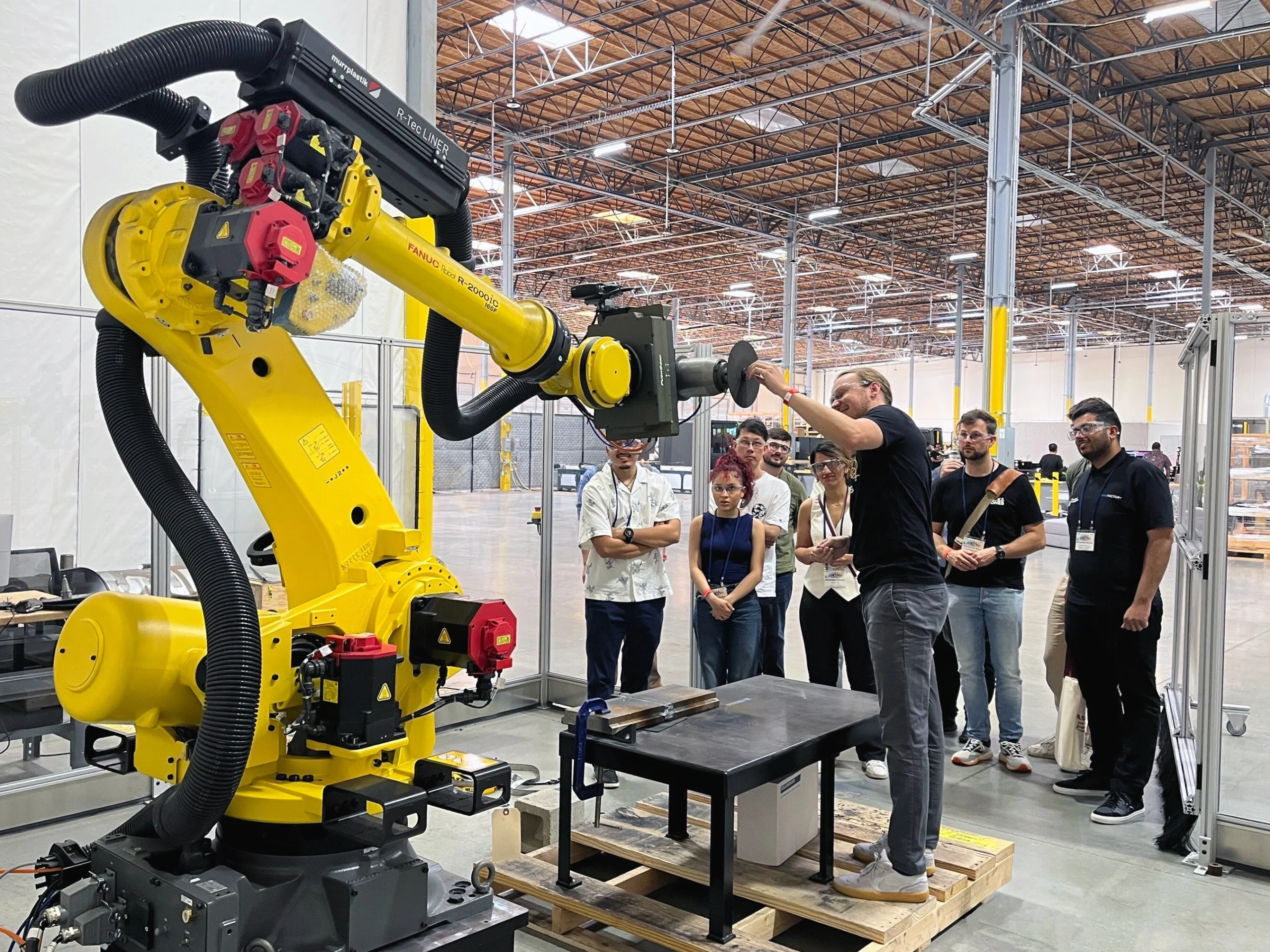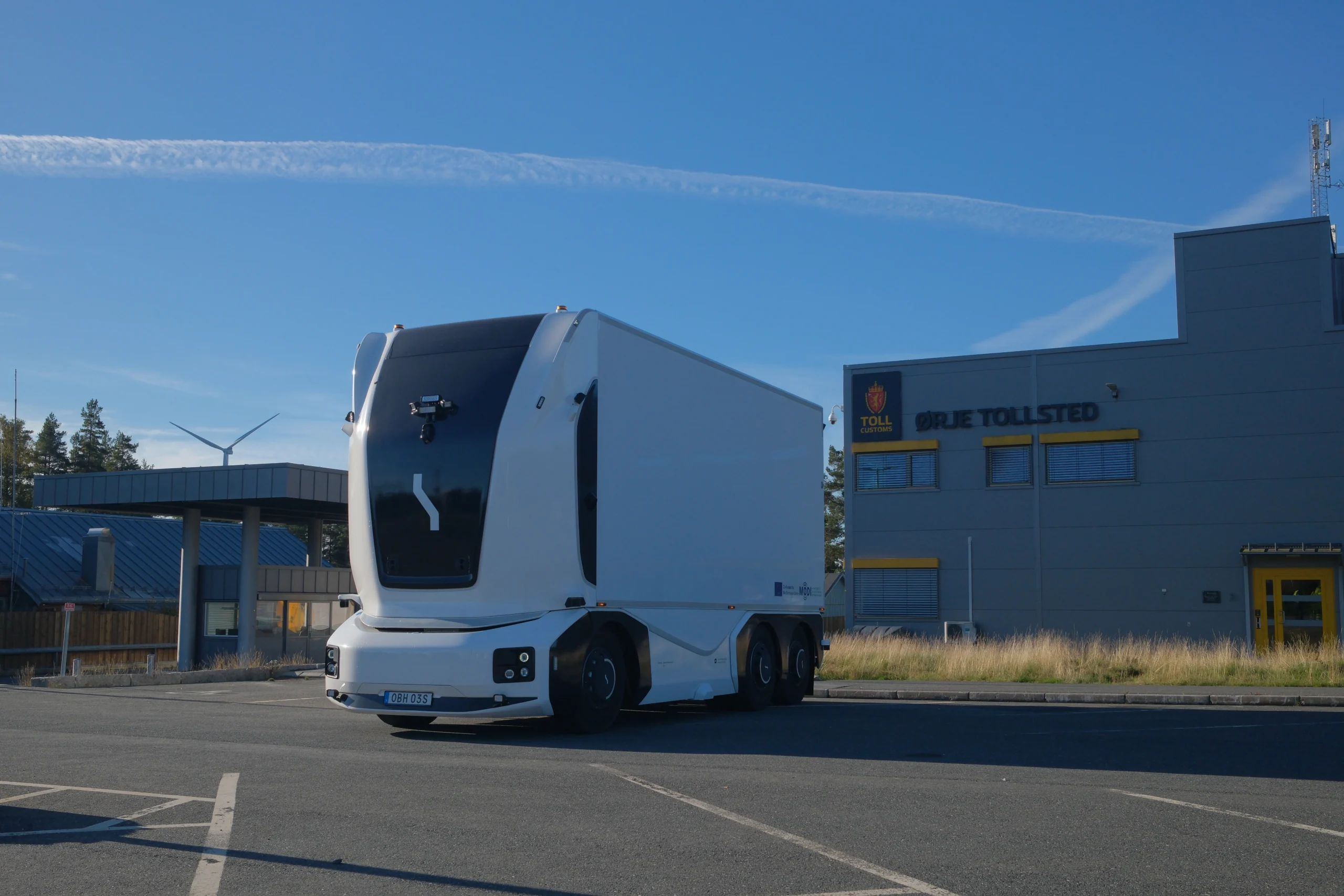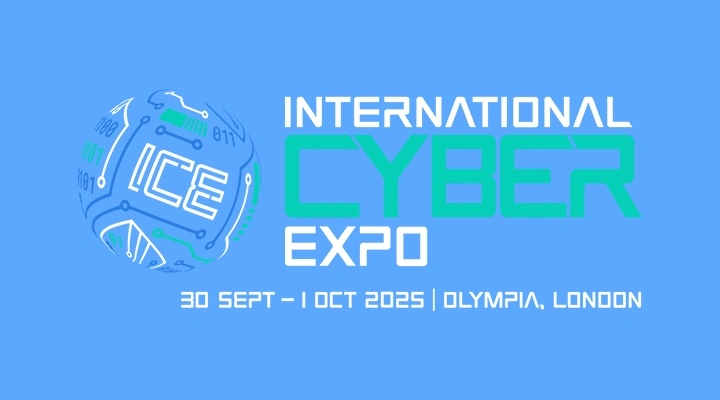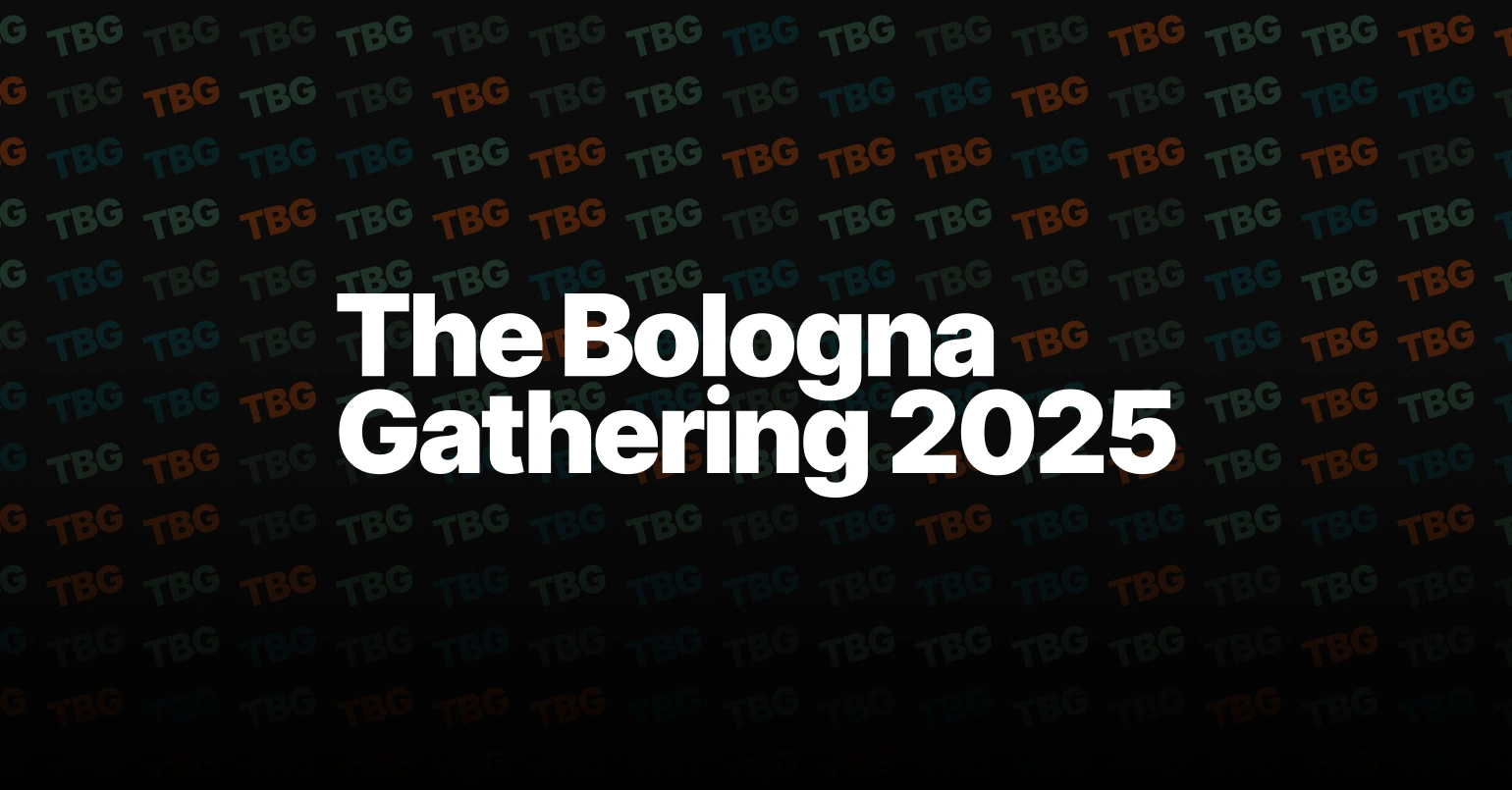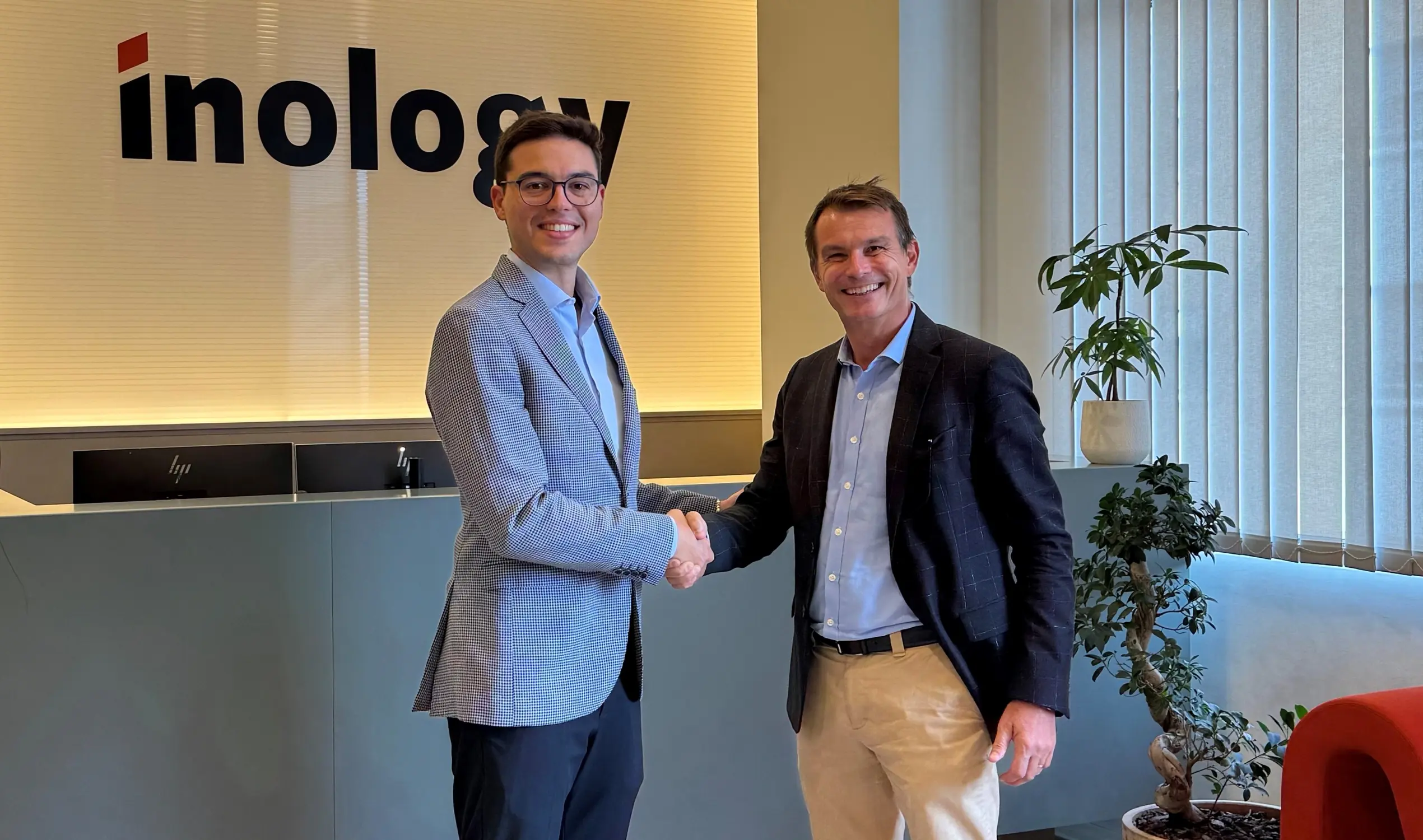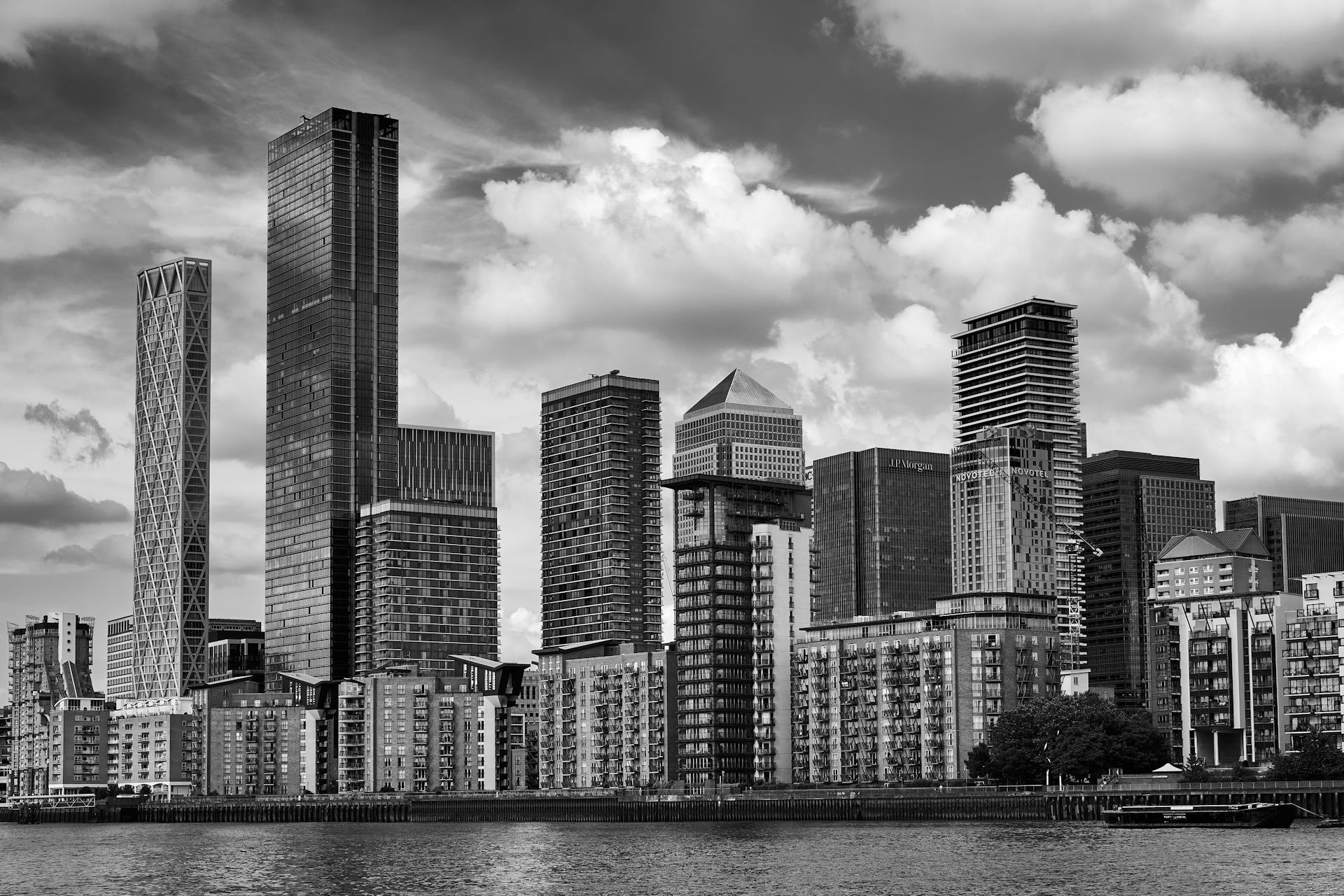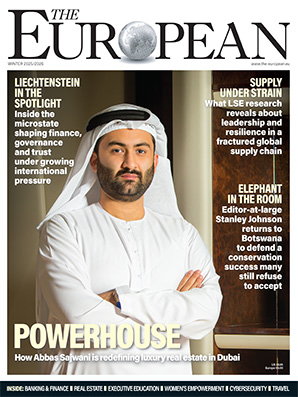Bringing big ideas to life

John E. Kaye
- Published
- Home, Technology
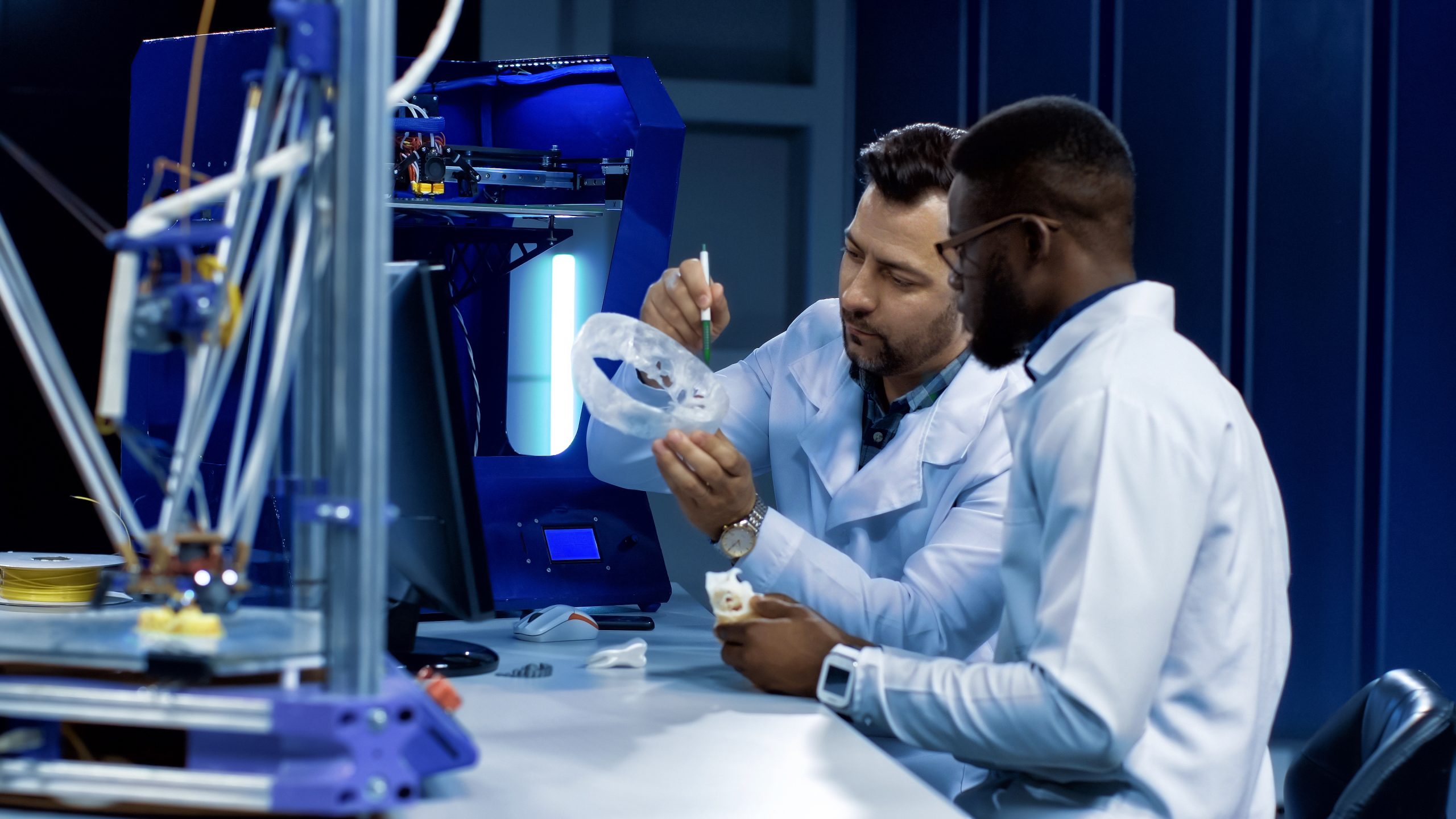
Marga Hoek unpacks the potential of 3D printing and explains why it can be so transformative for commerce and the planet
Over the next decade 3D printing is set to transform the way industries – from healthcare to food – operate. The process of building an object from a digital file, also known as additive manufacturing, was first adopted over 20 years ago. Initially its growth was prohibited by the expense and size of the prototypes and the patents on the technology. But, with the creation of a 3D printer that can literally print itself, the release of 3D printing designs with open-source licenses and 3D printers now available to buy for as little as $250, the technology is now developing and spreading at lightning speed. In 2019 the market experienced unparalleled growth and this is only the beginning of the curve. It is estimated that 3D printing and related technologies could have an impact of up to $550bn a year by just 2025.
3D printing is such a powerful technology not only because it is transformative for business, but it is transformative for the planet too. From a business perspective, it enables companies to create prototypes of new products quickly and cheaply, create more innovative products, make the manufacturing process more cost-effective, reduce waste, reach new markets, personalise products and reduce global shipping. From a “tech for good” perspective, it has the potential to tackle world hunger by reducing food waste, costs and increasing accessibility to food, improve the quality and accessibility of healthcare, offer new opportunities for work and economic growth, boost innovation, reduce pollution and aid responsible consumption by reducing waste and using recycled materials. ™
Many companies are already using 3D printing technology to create sustainable businesses that work for shareholders and the planet. Here are three innovative examples to watch.
3D Systems
The global market in additive manufacturing reached $7.3bn in 2017 and is growing at a compound annual growth rate of 21%. Of that, 11% is in medical technologies, with the 3D printed medical device market expected to reach $1.88bn by 2022.
3D Systems Precision Healthcare Solutions was founded on the ability to create highly personalised 3D printed medical devices and patient-specific surgical simulation, as well as direct printing of individualised implants and customised instrumentation.
3D Systems partners with surgeons, healthcare professionals, medical device manufacturers and teaching staff. Helping patients all over the world through technological advancement for good, 3D Systems generates products that assist a variety of critical health concerns. The company’s novel Volume Virtual Reality software enables visualisation of digital 3D models created from patient scans. It helps physicians understand patient anatomy that is difficult to visualise, and deliver personalised medicine in the most unique, complex cases. To create this technology, 3D Systems teamed with global health leader Philips to provide access to 3D printed models.
This type of 3D printing is sparking a healthcare revolution around the world. Not only does it increase production speed and reduce cost, the company’s medial products also transform and enrich lives.
Framlab
With over 60,000 people seeking refuge in homeless shelters every night, New York City’s shelter system is at capacity and struggles to offer spaces of safety, cleanliness and comfort for the city’s least fortunate residents.
Between 2005 and 2013, the median rent increased by nearly 12% while the median income of renter households increased by only 2.3%. Due to this, there has been a steady decline in rental subsidy for low-income households in New York. In addition, the allocated budget for investments in building and preserving affordable housing has been reduced.
To address these issues, Framlab developed the Homed scheme. Land is limited and expensive in the City, so Framlab create temporary shelters. This system is constructed of scaffolding onto windowless facades across the city and fashioned into hexagon-shaped modules inside. Each pod houses one person, in order to maintain their privacy and safety, compared to conditions in the communal facilities often provided by shelters. As a single person housing system, the 3D-printed modules allow furniture, storage, lighting and appliances to be integrated into the structure – resulting in a minimal space, tailored to the specific needs and desires of its resident.
SECORE
Coral reefs are some of the most diverse ecosystems in the planet and are being seriously affected by climate change. Recent business efforts – by companies including Emerging Objects, Boston Ceramics and the SECORE organisation – are helping to combat this environmental degradation by using 3D printing to reinvigorate coral growth and sustain the many aquatic species that live in the reefs. They are integrating artificial, 3D-printed coral into reefs by creating internal geometries and textures, where real coral structures can be mimicked.

Further information
Sign up to The European Newsletter
RECENT ARTICLES
-
 Tech addiction: the hidden cybersecurity threat
Tech addiction: the hidden cybersecurity threat -
 Parliament invites cyber experts to give evidence on new UK cyber security bill
Parliament invites cyber experts to give evidence on new UK cyber security bill -
 ISF warns geopolitics will be the defining cybersecurity risk of 2026
ISF warns geopolitics will be the defining cybersecurity risk of 2026 -
 AI boom triggers new wave of data-centre investment across Europe
AI boom triggers new wave of data-centre investment across Europe -
 Make boards legally liable for cyber attacks, security chief warns
Make boards legally liable for cyber attacks, security chief warns -
 AI innovation linked to a shrinking share of income for European workers
AI innovation linked to a shrinking share of income for European workers -
 Europe emphasises AI governance as North America moves faster towards autonomy, Digitate research shows
Europe emphasises AI governance as North America moves faster towards autonomy, Digitate research shows -
 Surgeons just changed medicine forever using hotel internet connection
Surgeons just changed medicine forever using hotel internet connection -
 Curium’s expansion into transformative therapy offers fresh hope against cancer
Curium’s expansion into transformative therapy offers fresh hope against cancer -
 What to consider before going all in on AI-driven email security
What to consider before going all in on AI-driven email security -
 GrayMatter Robotics opens 100,000-sq-ft AI robotics innovation centre in California
GrayMatter Robotics opens 100,000-sq-ft AI robotics innovation centre in California -
 The silent deal-killer: why cyber due diligence is non-negotiable in M&As
The silent deal-killer: why cyber due diligence is non-negotiable in M&As -
 South African students develop tech concept to tackle hunger using AI and blockchain
South African students develop tech concept to tackle hunger using AI and blockchain -
 Automation breakthrough reduces ambulance delays and saves NHS £800,000 a year
Automation breakthrough reduces ambulance delays and saves NHS £800,000 a year -
 ISF warns of a ‘corporate model’ of cybercrime as criminals outpace business defences
ISF warns of a ‘corporate model’ of cybercrime as criminals outpace business defences -
 New AI breakthrough promises to end ‘drift’ that costs the world trillions
New AI breakthrough promises to end ‘drift’ that costs the world trillions -
 Watch: driverless electric lorry makes history with world’s first border crossing
Watch: driverless electric lorry makes history with world’s first border crossing -
 UK and U.S unveil landmark tech pact with £250bn investment surge
UK and U.S unveil landmark tech pact with £250bn investment surge -
 International Cyber Expo to return to London with global focus on digital security
International Cyber Expo to return to London with global focus on digital security -
 Cybersecurity talent crunch drives double-digit pay rises as UK firms count cost of breaches
Cybersecurity talent crunch drives double-digit pay rises as UK firms count cost of breaches -
 Investors with €39bn AUM gather in Bologna to back Italy’s next tech leaders
Investors with €39bn AUM gather in Bologna to back Italy’s next tech leaders -
 Axians and Nokia expand partnership to strengthen communications infrastructure across EMEA
Axians and Nokia expand partnership to strengthen communications infrastructure across EMEA -
 Forterro buys Spain’s Inology to expand southern Europe footprint
Forterro buys Spain’s Inology to expand southern Europe footprint -
 Singapore student start-up wins $1m Hult Prize for education platform
Singapore student start-up wins $1m Hult Prize for education platform -
 UK businesses increase AI investment despite economic uncertainty, Barclays index finds
UK businesses increase AI investment despite economic uncertainty, Barclays index finds







